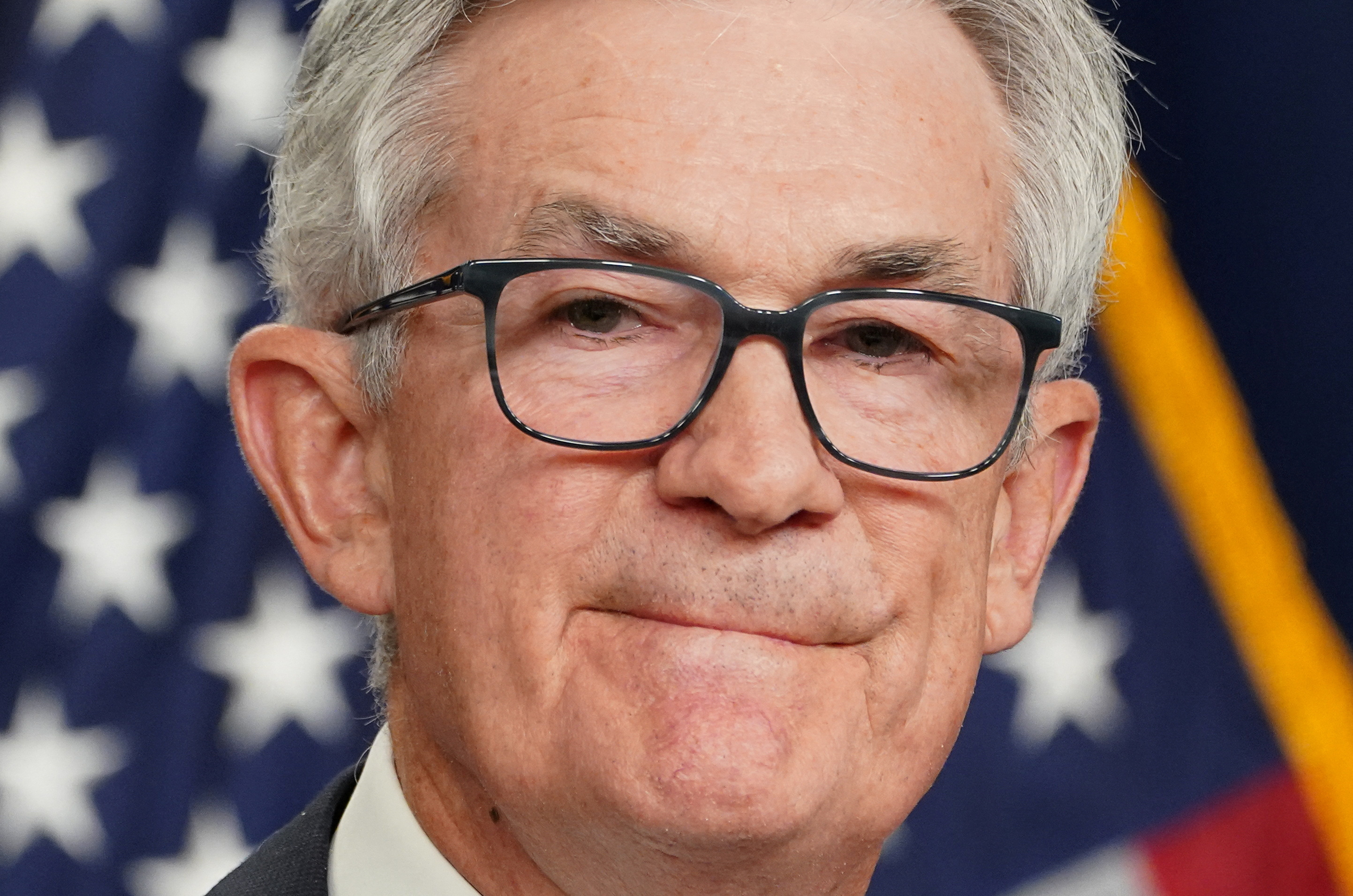At 11:49 PM IST on Wednesday, July 30, 2025, the Federal Open Market Committee (FOMC) announced its decision to keep interest rates unchanged at 4.25%–4.50%. Markets responded with muted optimism, while analysts and investors scrambled to decode what this pause signals for the U.S. economy, inflation, and the future of monetary policy.

But beneath the headlines, this moment reflects something far deeper—a fragile balance between restraint and uncertainty at the heart of America’s financial engine.
A Legacy of Crisis and Control
The FOMC’s authority is rooted in over a century of economic evolution. Established under the Banking Act of 1935, the committee has been the Federal Reserve’s key instrument for controlling the money supply and navigating financial turmoil.
Historically, its decisions have shaped every major economic chapter:
-
Post-Depression stagnation
- Volcker’s war on inflation in the early 1980s
- The 2008 financial crisis and the era of quantitative easing
-
The COVID-19 recovery and the inflation spike of the 2020s
In recent years, the committee, under Chair Jerome Powell, hiked rates 11 times between 2022 and 2024 to combat inflation that once soared to 9.1%. By mid-2025, inflation has cooled—but only to 3.1%, still above the Fed’s 2% target. The decision to hold rates today reflects a strategic pause, not a declaration of victory.
Inside the Fed: Structure, Power, and Purpose
The Federal Reserve is not just one institution—it’s a system. Anchored in Washington, D.C., with 12 regional banks, the Fed operates as an independent authority within the U.S. government, free from daily political pressure yet ultimately accountable to the American public.
Its mandate is simple on paper, but complex in practice:
- Maintain price stability
- Foster maximum employment
The FOMC carries out this mandate by adjusting the federal funds rate—the interest rate banks charge each other overnight. This seemingly small lever has ripple effects on:
- Mortgage and auto loan rates
- Business investment decisions
- Stock market dynamics
- And even global currency flows
The FOMC is made up of 12 voting members: seven governors, the president of the New York Fed (a permanent seat), and four of the remaining 11 regional Fed presidents, rotating annually.
Why the July 30 Decision Feels So Tense
Holding rates steady was not a surprise—but it wasn’t without tension. Inflation remains persistent, wages are still rising, and consumer sentiment is cautiously optimistic. Yet the Fed faces a delicate dilemma:
- Cut rates too soon? Risk reaccelerating inflation.
- Keep rates high too long? Risk cooling job growth and tipping into recession.
The Fed’s July minutes reveal a split sentiment—acknowledging inflation progress but expressing concern over energy prices, global supply chains, and lingering geopolitical risks.
In Powell’s upcoming statement, all eyes will be on forward guidance—subtle cues about what comes next. For now, the message is: we’re watching closely, not rushing.
How the Internet Is Reacting Right Now
Trending across Twitter, Reddit, and Google are five questions dominating the public mind:
1. “Why didn’t they cut rates?”
Because inflation is still sticky. The Fed is signaling caution until more consistent data supports a shift.
2. “What does this mean for crypto?”
Stable rates usually stall major crypto rallies. On-chain activity is being closely monitored by analysts expecting sideways movement unless liquidity changes.
3. “Is Powell being too slow?”
Some call it prudence; others call it delay. Market influencers are divided, with Powell’s press briefing likely to determine the next market sentiment wave.
4. “Can the Fed really control inflation anymore?”
Skepticism is rising. With global factors like climate shocks, supply chains, and labor mismatch, many are asking if the Fed has the tools—or just the burden.
5. “Should the Fed even exist?”
The #EndTheFed hashtag saw a minor resurgence. Though fringe, distrust in central banking grows louder with each rate pause or inflation spike.
What It Means for Your Wallet
This decision may seem abstract, but it will influence how much you pay for:

- Mortgages (rates remain high at 6–7%)
- Credit cards (APR stays elevated)
- Car loans and student debt (no relief yet)
- Grocery bills and rent (moderate inflation expected through late 2025)
Crypto and tech investors may see volatility in the coming days, while homebuyers and borrowers must continue navigating tight credit conditions.
Looking Ahead: What to Watch
- Powell’s next public statement – Will he hint at future cuts or a long pause?
- August inflation report – A cooling CPI could change the tone fast.
- Labor market data – Watch unemployment trends for early signals of economic slowdown.
- Global events – From China’s real estate woes to European energy prices, the Fed’s calculus is increasingly international.
Conclusion: A Pause with Purpose
The Fed’s July 30 decision was no surprise—but that doesn’t mean it was simple. Beneath the rate hold lies a profound uncertainty about the U.S. economy’s future.
In a world that’s still recalibrating from years of economic shocks, today’s decision was less about action and more about restraint. That may be the wisest move of all.
